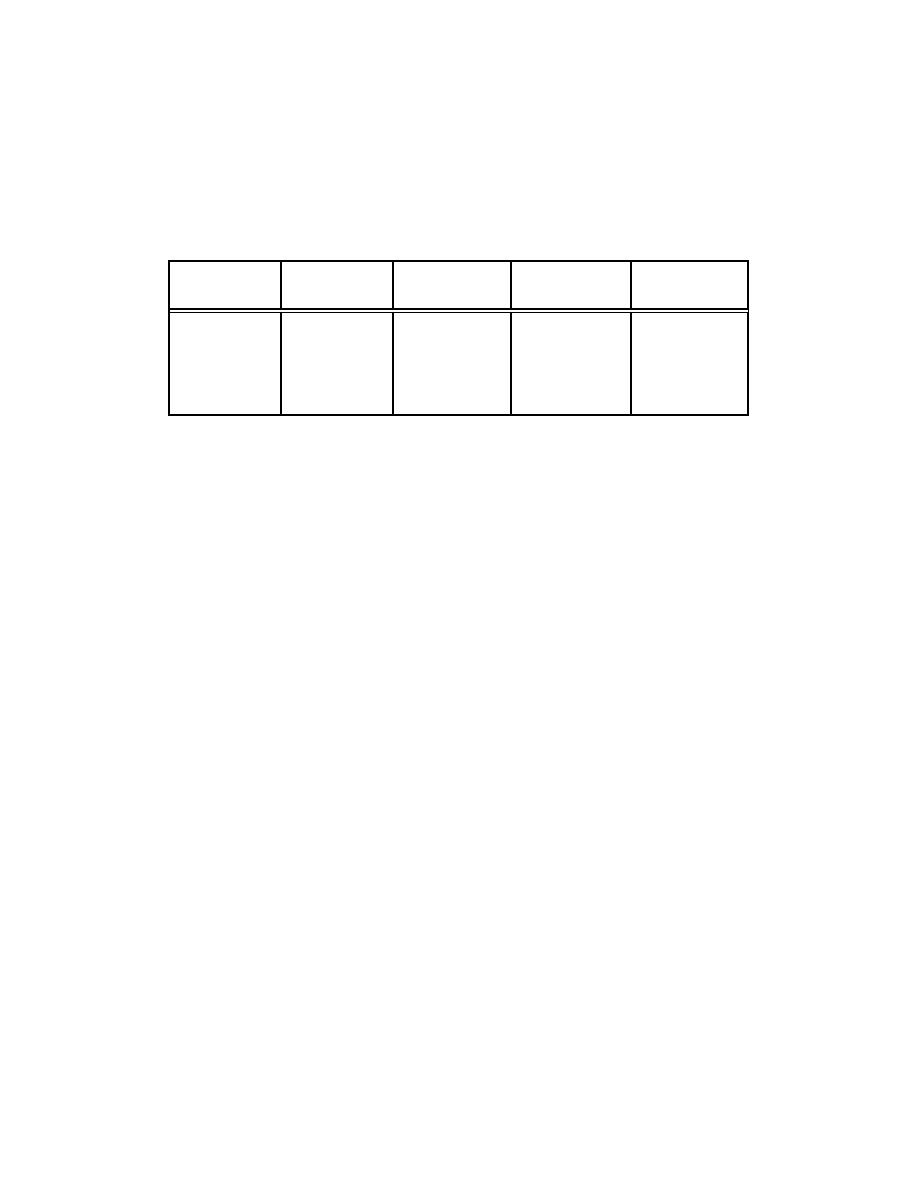 |
|||
|
|
|||
|
Page Title:
Table 3-5. M easured ARFs and RFs During the Venting of Superheated Aqueous Solutions |
|
||
| ||||||||||
|
|  DOE-HDBK-3010-94
3.0 Liquids; Aqueous Solutions
Table 3-5. M easured ARFs and RFs During the Venting of Superheated
Aqueous Solutions
(Tables A.3 and A.4 - Ballinger, Sutter and Hodgson, M ay 1987)
Source
Pressure, psig
ARF
RF
ARF x RF
Volum e, m l
700
125
1.0E-2
0.78
1.0E-2
350
240
5.0E-2
0.73
4.0E-2
125
2.0E-2
0.66
1.0E-2
60
9.0E-3
0.62
6.0E-3
125
9.0E-2
0.69
6.0E-2
100
solutions were heated to pressures of 0.39 MPa (57 psig at ~134 oC), 0.85 MPa
(124 psig at ~161 oC) and 1.65 MPa (240 psig at ~202 oC) using source volumes of
700 cm3, 350 cm3 and 100 cm3. Figure 3-6 reproduced from Ballinger, Sutter and
Hodgson (May 1987) indicates the temperature of the aqueous solution at the stated
pressures although the extrapolation to the lower temperature/pressure is questionable
given datum point #5. The uncertainty at these lower values, however, does not pose
any significant concern. The liquid was released from the open top of the ~4-in.
diameter apparatus via a double rupture disk arrangement. The experimental
apparatus is shown schematically in Figures A.5 and A.6 in Appendix A. The
fraction airborne increased with initial pressure and decreasing source size. The
highest ARF, 9E-2, was measured at 0.85 MPa using a 100 cm3 source and 69% of
the airborne material was in the respirable size fraction. The ARF and RF depend
upon the amount of heat (sensible heat in the liquid plus in the container) available
and the heat needed to vaporize the solvent. The greater the fraction of solvent that
can be flashed, the larger the ARF and RF. The ARFs and RFs measured are
tabulated in Tables A.8 and A.9 in Appendix A.
Two bounding values are selected. For relatively low energy liquids with
temperatures greater than the boiling point but less than 50 oC superheat, bounding
ARF and RF values are assessed to be 1E-2 and 0.6 based on the 60 psig
experimental run in Table 3-5. For more severe conditions between 50 and 100 oC
superheat, bounding values for ARF and RF are assessed to be 1E-1 and 0.7. Median
values for these conditions are 2E-2 and 0.7 with average values of 4E-2 and 0.7.
B. E m p irical C orrelation s/M od els. For situations where the temperature of the
liquid released exceeds 100 oC superheat, an empirical correlation was presented by
Ayer et al. (May 1988) for the evaporation/settling corrected data for the flashing
spray experiments performed by Ballinger, Sutter and Hodgson (May 1987):
Page 3-29
|
|
Privacy Statement - Press Release - Copyright Information. - Contact Us |